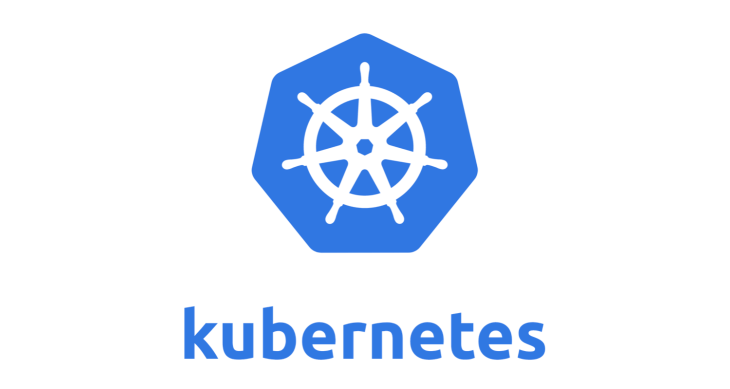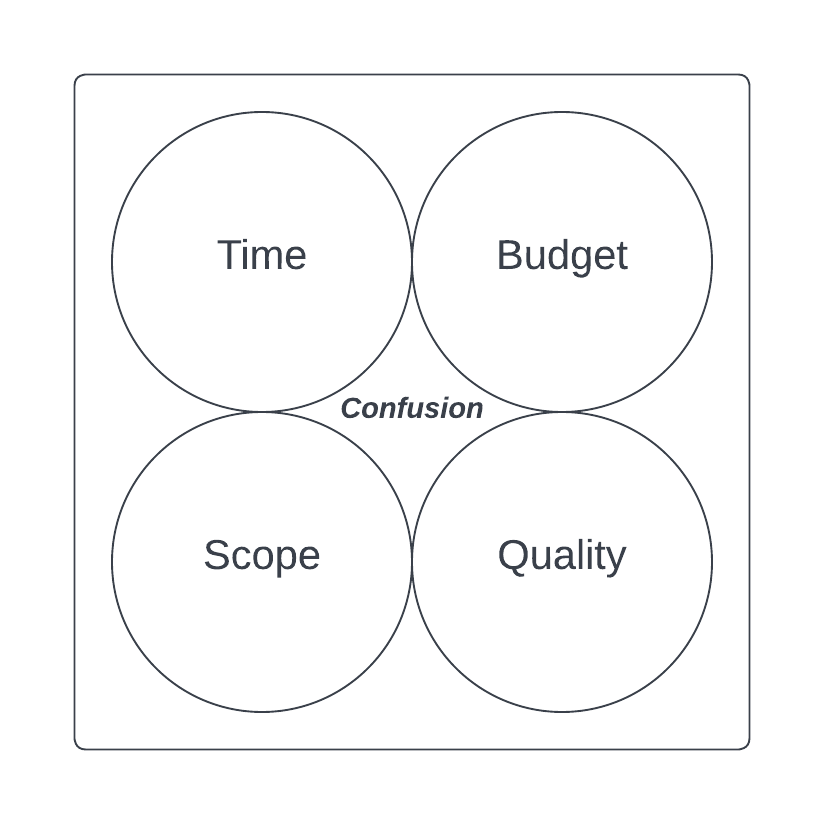Enterprise IT departments often run 100s, if not 1000s of applications. The scope of products deployed is vast and complex. Enterprise software is accumulated over many years and is typically a combination of in-house developed, third party or packaged as a service running in the cloud (or someone else’s data centre).
Most IT engineers have a story of maintaining a server that runs in the darkest corner of the network. No one is sure who owns it, what it does or wants to make a change because when it breaks, you’re in for a rough few days!
Managing Enterprise workloads is a considerable undertaking. It takes time, money and discipline to build an IT function which enables the business and supports the user base. Companies continuously grapple with the issue; how can you empower the business while keeping things under control? How do we provide value while dealing with old technologies and antiquated systems?
In my recent post, I suggested blockchain technology is an option for revolutionising Enterprise infrastructure, driving meaningful transformation. How does this relate to Enterprise, how do blockchain platforms lower complexity, build trust, integrity and improve the corporate operating experience?
It is my belief, open-source Smart Contract platforms provide a comprehensive base platform for enterprise applications. The technology distributes processing and storage geographically and solves many of our infrastructure challenges of today. Furthermore, integrity and security are fundamental components and are a system default.
I consider a Smart Contract platform as a new form of Serverless technology. The use case is similar; you execute your contract (code) on infrastructure, which is owned and operated by someone else. You pay for the service with Gas on an Ethereum based chains or by holding and staking utility tokens on EOSIO (note, that’s a subject for another post). The importance of hardware should not be understated; however, as an IT Engineer, it is not your direct responsibility. Your job is to minimise the Gas spent, lower the CPU execution time and limit the bandwidth consumed. The goal is to focus on what’s critical to the business, which are customer-facing or business-enhancing applications which create value.
Take, for example, the open-source software EOSIO. It operates on bare metal servers, cloud instances, containers or a standard laptop (primarily for development). A blockchain is Internet native, meaning latency, jitter, link failures and infrastructure problems won’t impact a well-architected platform. You are not beholden to a single vendor and could utilise any suitable infrastructure, owned or rented. The code you build on top is built-in modules, inside smart contracts and can be used by any person, app or machine with the appropriate permissions.
If Enterprise were to starting rewriting apps on a blockchain, many of the things we do manually today would happen automatically. Real-world events are a trigger for actions. In the system, all the items are tracked, audited and is immutable. This paradigm allows us to boil down an app to what’s essential and beneficial.
The question is, why can’t we use existing technologies? Why introduce blockchain when centralised applications and databases have worked for years? For me, the answer is simple. Blockchains present an open format which promotes sharing of information, irrespective of geography, distance, network links, hardware, vendors and clouds. The functions of a Smart Contract may be transparent, well defined and available to anyone with permissions. There are many reasons to consider the technology which I’ll look to expand on in a future post.
If you’ve come this far, thanks for sticking around!! Feel free to connect if you’d like to discuss.






